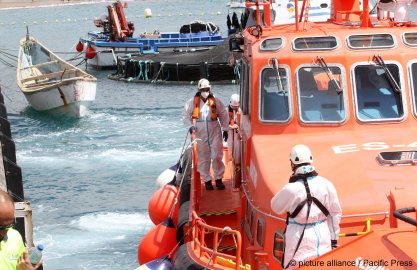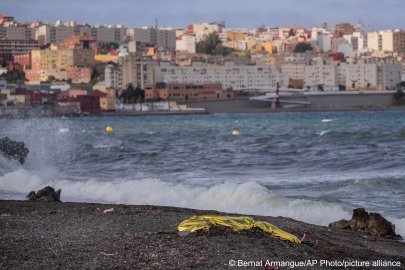Canary Islands overwhelmed by increase in arrivals
Source: InfoMigrants: reliable and verified news for migrants – InfoMigrants
The government of the Spanish archipelago said that about 2,692 people arrived in August alone – more than double the number in the same month last year.
A record number of 634 people in six boats arrived in the Canary Islands of Tenerife, Gran Canaria, and El Hierro on Monday (September 4), making it the highest number of arrivals in a single day this year, reported Spanish news outlet, EFE.
In response, the president of the Canary Islands, Fernando Clavijo, called for additional government resources and “concrete measures” to address the increase in irregular arrivals in recent weeks which has overwhelmed the island and alarmed NGOs, the local news outlet Canarias7 reported.
The government of the Spanish archipelago said that about 2,692 people arrived in August alone. Compared with the same month last year when about 1,075 arrived, the number of recent arrivals has more than doubled.
InfoMigrants reported that according to NGOs, the limited structures and human resources on the Canary Islands of El Hierro and Lanzarote make it extremely difficult to welcome migrant arrivals with dignity.
On El Hierro, the two reception centers are filled to capacity. Adults and juvenile arrivals are crammed into the same living space while awaiting transfer to other Spanish islands.
Clavijo says the Canary Islands “feels alone” when it comes to dealing with migration, calling out the central government in Madrid as living “in another reality or is not aware of what is happening,” reported Canarias7.
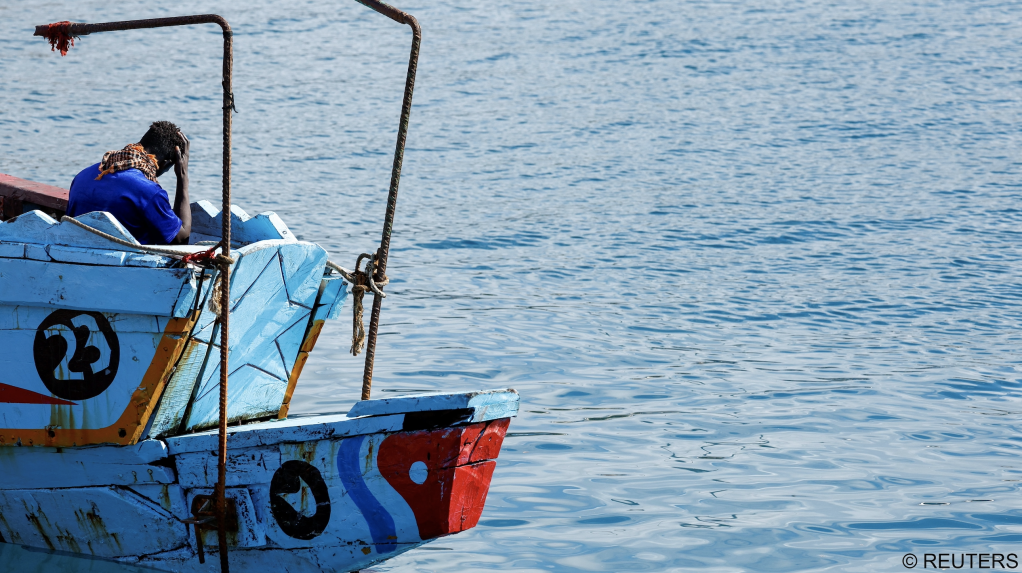
The Canary Islands, comprised of seven main islands off the southern coast of Spain, is a major entry point for people arriving in Europe on small boats from Morocco and Senegal.
Clavijo was set to meet with the country’s migration ministry on Tuesday (September 5) to discuss border patrol by Frontex and how recent political unrest in countries of origin may add to a further increase in irregular arrivals.
The government of the Canary Islands is adamant about avoiding a repeat of the 2020 humanitarian crisis when more than 16,000 people arrived on the small island of Gran Canaria and were forced to live in inhumane conditions.
Unaccompanied minors
Clavijo cited additional concern over the arrival of minors seeking asylum.
“We once again have more than 2,200 minors to whom you cannot give an education or integration…The magnitude is of such a volume that the only thing you can do is feed them and keep them there, with everything that entails,” Clavijo told Canarias7.
“Our souls break because those minors who arrive in boats and cayucos (Spanish name for small canoes) can be our children, and those people are fleeing from hunger, misery, death, war…We are aware of all this, but if we are really in Europe, if we are really facing a government that calls itself progressive, we must have an adequate response,” Clavijo added.
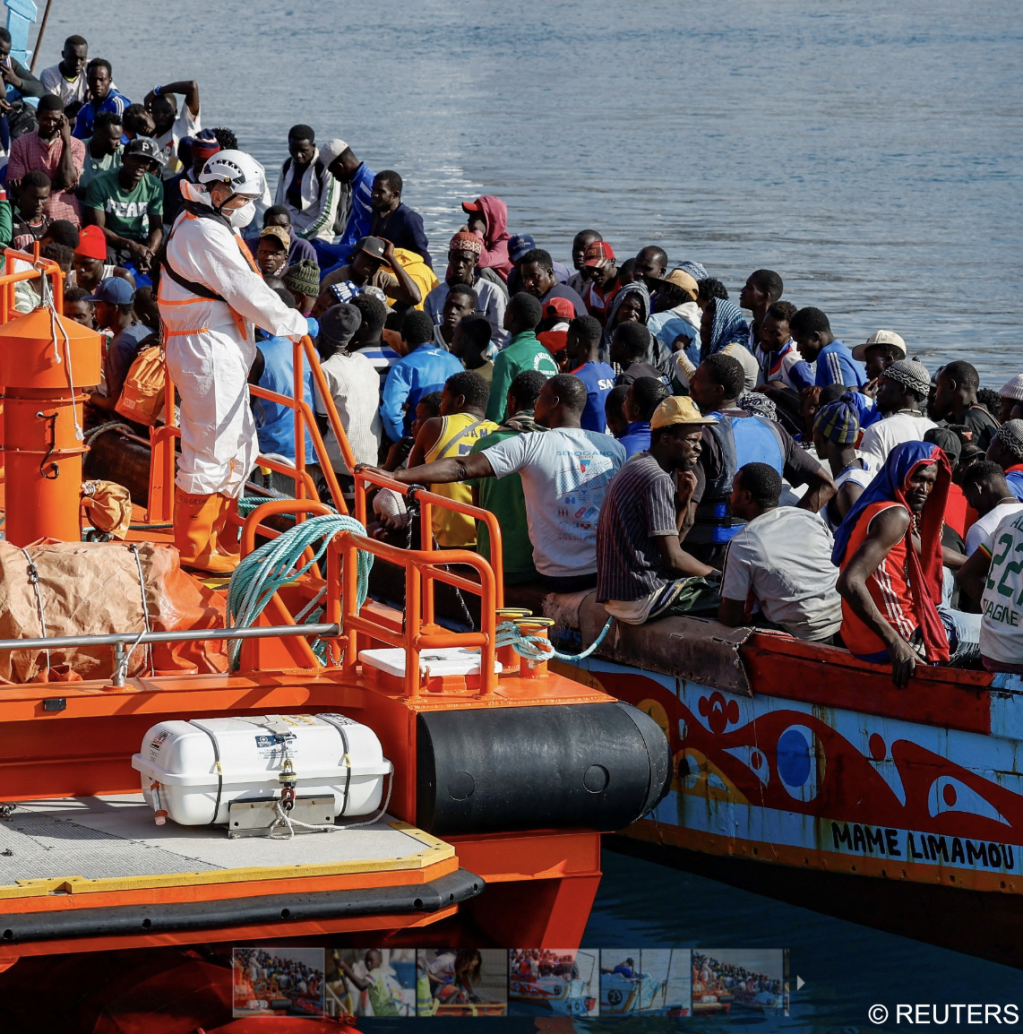
In October 2021, Spain approved legislation that made it easier for unaccompanied children and juvenile migrants to obtain residence and work permits.
The law simplified tedious administrative procedures that pushed many juvenile migrants into an irregular status or exclusion once they reached the legal adult age.
Citing official figures from November 2022, a year after the reform came into effect, the Platform for International Cooperation on Undocumented Migrants (PICUM), a network of organizations advocating for migrant rights, reported that 16,716 unaccompanied children and former unaccompanied children were able to obtain a permit, exceeding the government’s predictions by 10%.
“Without this reform, the majority of these 16,000 children and young people would have become or stayed undocumented, which meant interrupting their education, working at the mercy of exploitative employers, and ending up in the street,” said PICUM in a statement on its website.
In 2022, unaccompanied minors accounted for 19% of the total number of first time-asylum applicants under the age of 18 across the European Union (EU).
Juvenile migrants coming to Europe from countries in West Africa and the Horn of Africa are mostly boys, aged 16 to 17 and traveling alone.
Also read: ‘Thousands of kilometers alone’: Unaccompanied child migrants arriving in Europe
Perilous sea crossing
A multi-organization study led by the United Nations Office on Drugs and Crime (UNODC) showed that since 2020, around 40,000 people from West and North Africa have departed from the northwest African coast across the Atlantic Ocean, and irregularly entered Spain at the Canary Islands.
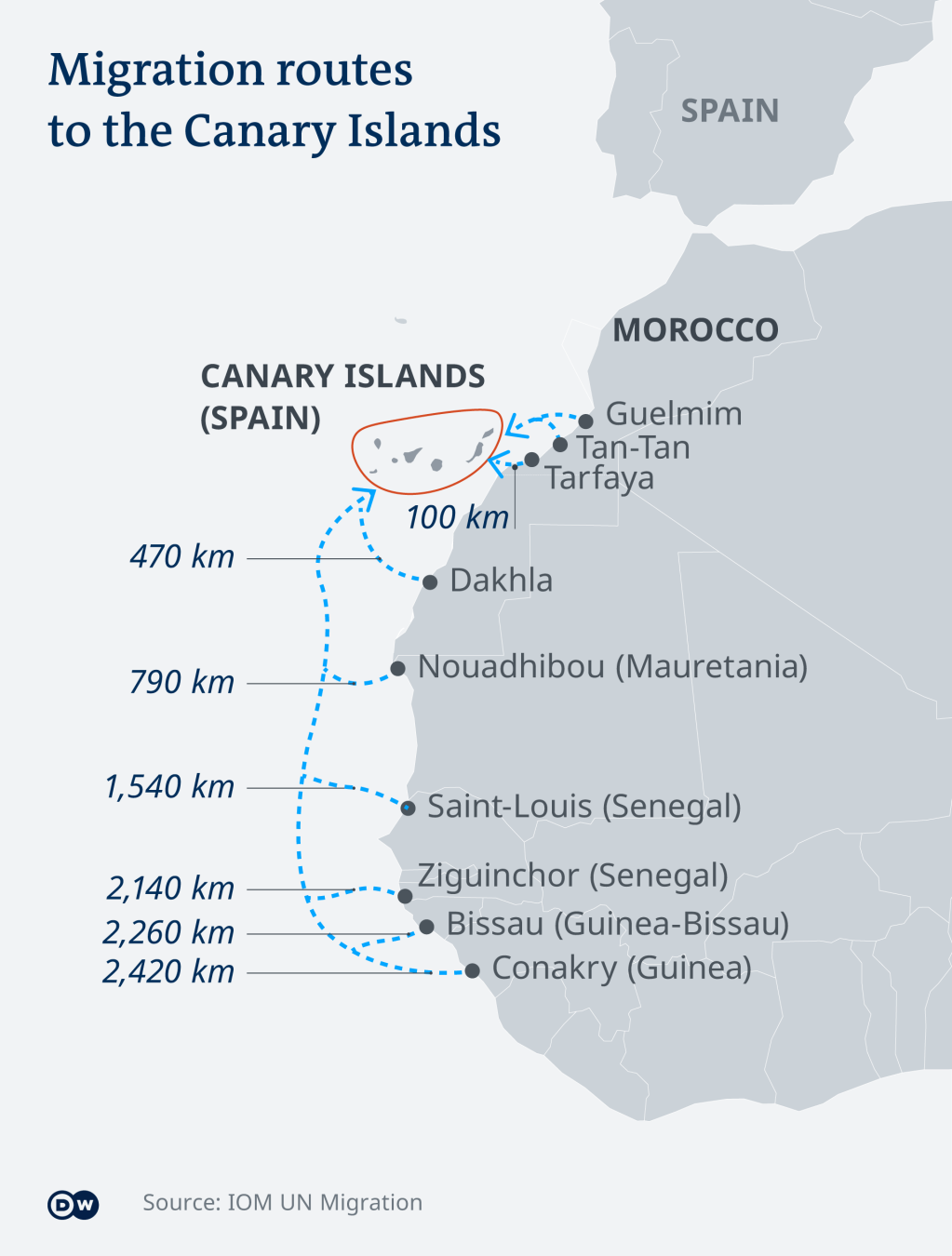
The Atlantic Ocean crossing, also called the Northwest African route, refers to the maritime pathways connecting several countries and territories along the northwest African coast such as Morocco, Mauritania, Senegal, The Gambia, and the disputed territories of Western Sahara with the Canary Islands, Spain.
Shipwrecks along the migratory route of the Atlantic Ocean are frequent. The NGO Caminando Fronteras reported that from January to June 2023, about 951 people died trying to reach the Canary Islands or the south of the Iberian Peninsula. The number is equivalent to one person dying every four and a half hours.
Also read: “I saw myself already dead”: Serge, Congolese exile, recounts his crossing for the Canary Islands
If you are an unaccompanied minor and recognized as such, EU countries should offer you accommodation, education and support. Here is some information for minors in Germany. Here for Spain. This is for Greece. This is for France. And this is for Italy.
The original article: belongs to InfoMigrants: reliable and verified news for migrants – InfoMigrants .
